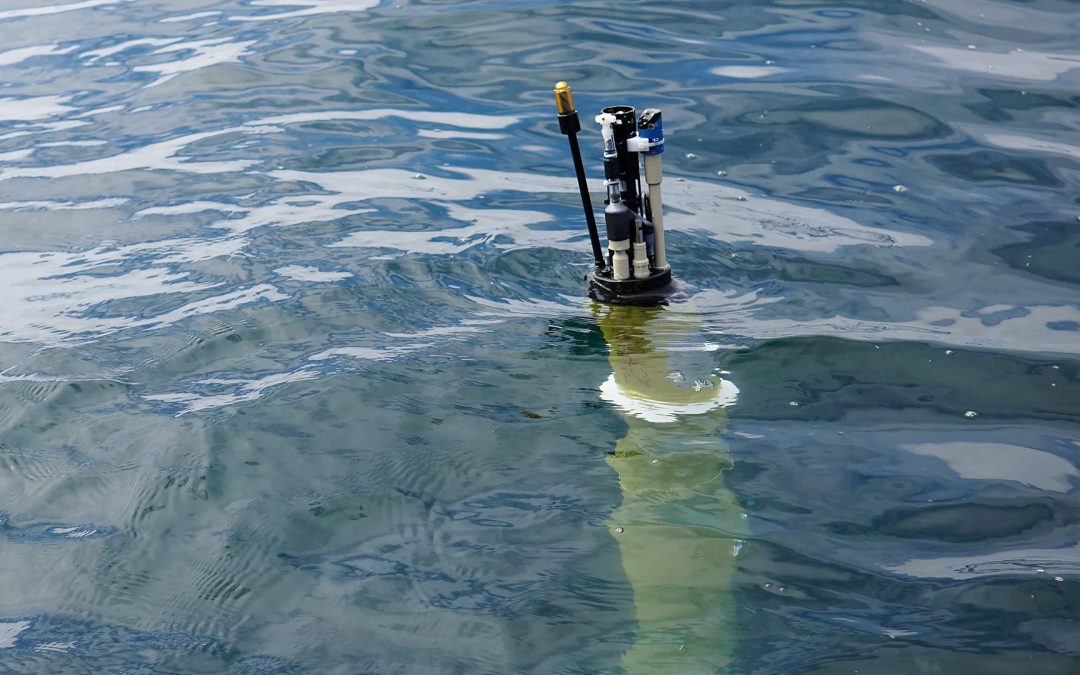
by Jennifer Magnusson | Nov 7, 2025 | News
Free-Floating Robots Find Ocean’s Carbon Storage Is Struggling > “Biogeochemical” profiling reveals the impact of marine heatwaves GO-BGC floats are highlighted in an IEEE Spectrum story that discusses the publication by Bif et al. (2025) on the effects of marine...
by Jennifer Magnusson | Jul 28, 2025 | News
Abstract deadlines for the AGU Fall Meeting and Ocean Sciences meeting are fast approaching – click below for lists of SOCCOM/GO-BGC relevant sessions: AGU25 sessions – abstract deadline Wednesday, July 30OSM26 sessions – abstract deadline Wednesday, August...

by Lisa Emanuelson | Jun 13, 2024 | News
Keeping an Eye on Earth’s Oceans With Argo Floats A new book written by oceanographers explores how scientists conduct research below the surface of the ocean. There are several types of robots that can dive below the sea surface and bring back data from...
by Lisa Emanuelson | May 21, 2024 | News
GO-BGC’s sister program Deep Argo in the spotlight. In a recent NBC Bay Area news report “Underwater robots tracking climate change”, GO-BGC and Argo’s Sarah Purkey from Scripps Institute of Oceanography (SIO) talks about Deep Argo robots that...
by Lisa Emanuelson | Apr 30, 2024 | News
National Academy Elects Dr. Lynne Talley Dr. Talley, a distinguished professor at Scripps Institution of Oceanography, University of California, San Diego, has been elected to the National Academy of Sciences (NAS) in recognition of her acclaimed and continuing...
by Lisa Emanuelson | Mar 4, 2024 | News
GO-BGC and SOCCOM are interested in how the science community uses GO-BGC and/or SOCCOM data, how that data is accessed and any published papers based on the data. Please take a moment to let us know how you use GO-BGC and/or SOCCOM data or how you plan to use GO-BGC...



